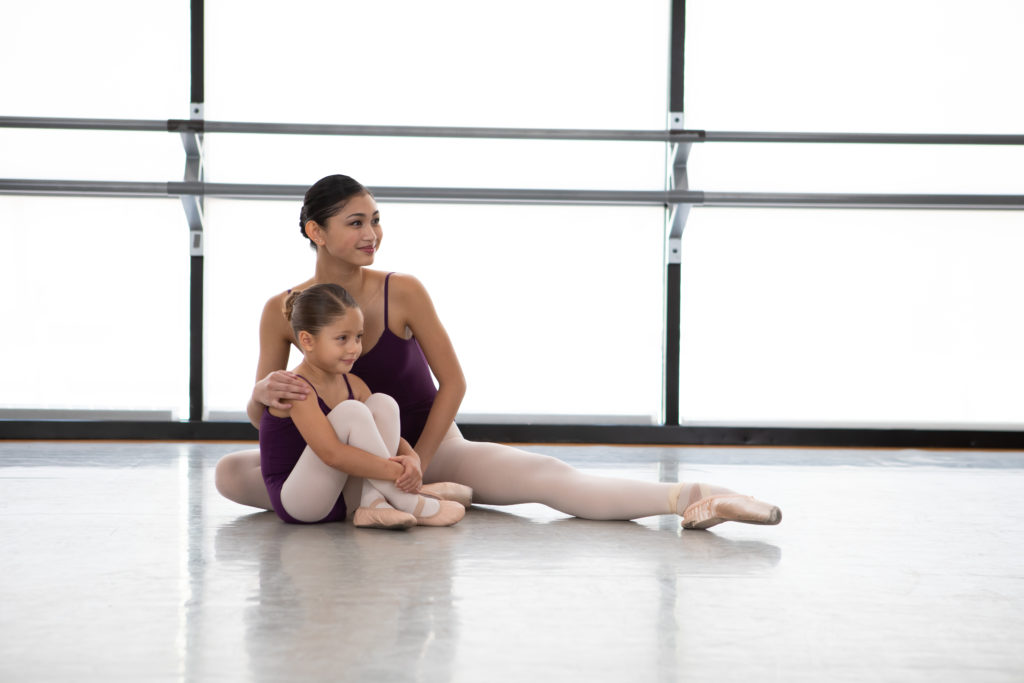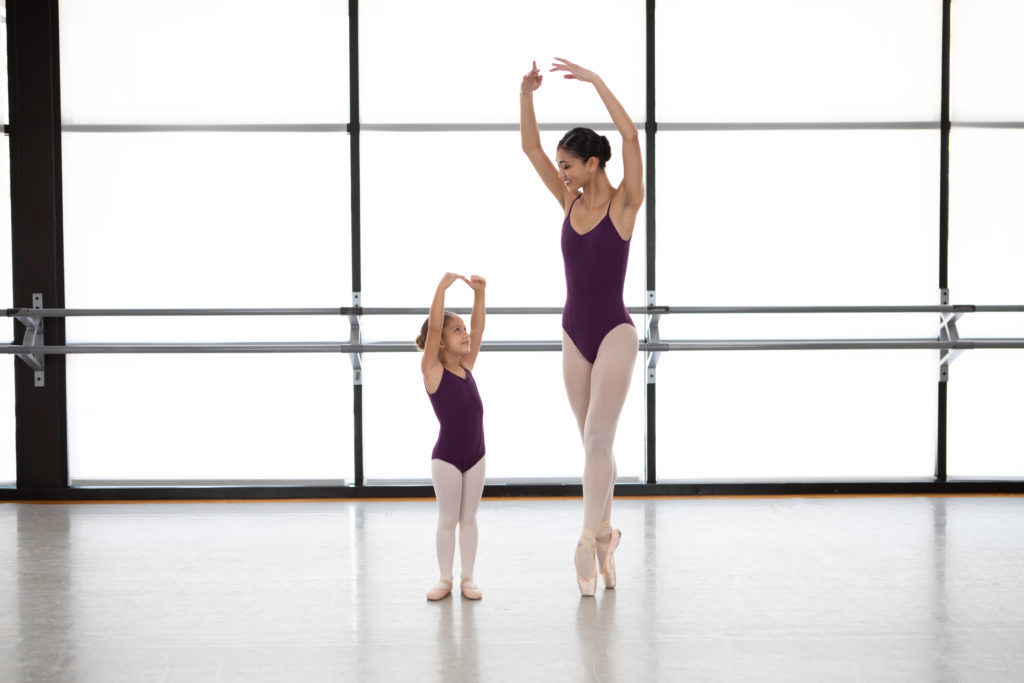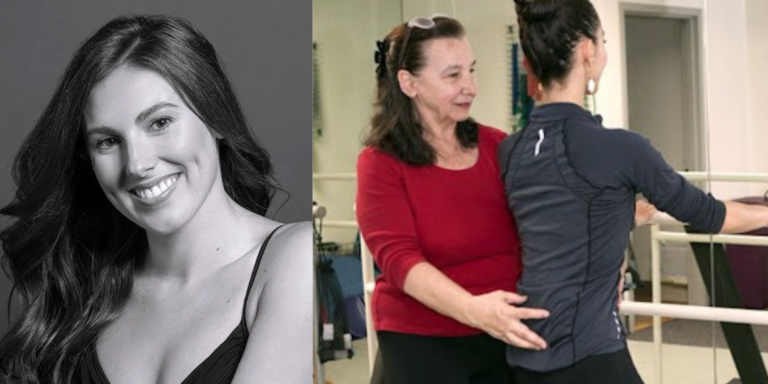
By the end of June this year, there were already more than 300 mass shootings in the U.S., according to the Gun Violence Archive—an average of well over one per day. On May 24, 2022, 19 children and 2 teachers were killed in their elementary school in the predominantly Hispanic town of Uvalde, Texas. Just 10 days prior, 10 Black people were killed and 3 wounded at a grocery store in Buffalo, New York. And last week, 8 people were killed and dozens injured at a July 4 parade in Highland Park, Illinois.
In a nation ricocheting from gun violence, recovering from a pandemic and bearing the weight of social inequality, dance schools continue to strive to be a safe harbor for youth in their communities. Dance Teacher spoke with academies across the country about what it takes to keep students safe while teaching an artform rooted in freedom, and how to keep that art open to the community when the doors may be locked.
Creating a Safe Space to Learn

Dance schools are in the unique position of supervising students while also teaching them to be courageous and inspiring them to create and connect. In a community of growing violence, it is increasingly hard work, but vital. “That’s what we do,” says Ballet Austin Academy director Bill Piner. “We express emotion, and ideas and creativity, and we try to do that in the most creative, transparent way possible. Dancers are used to baring their souls and being vulnerable as artists. You create based off of your experiences.” A home for more than 700 year-round ballet students as well as the professional company, Ballet Austin seeks to remain welcoming while maintaining safety. “All of the things that people, especially young people, are going through—we need to present an open but safe environment, to allow them that space. This is a safe place to be who you are, to express yourselves, be responsible, be resilient and work your hardest.”
New York’s School of American Ballet, founded by George Balanchine in 1934, is the official training academy for New York City Ballet. With a focus on a complete classical ballet education, SAB also works to create a nurturing environment of growth for all students in and outside of the studios. Executive director Carrie Hinrichs states, “Safeguarding the well-being of our students as they train is the highest priority for the School of American Ballet.”

In Seattle, Washington, Spectrum Dance Theater is an anchor for contemporary dance with its professional company, a school of 500 students and an outreach program providing dance education to public schools in the community. artistic director Donald Byrd reflects on the growing tension reverberating within and among people, particularly in communities of color. “It makes me wonder about when parents let their children go to school, whether it’s a regular academic school or a dance school, what their fears are and what can we do to keep their children safe. I think we need to keep them safe.”
Keeping the Heart of the Organization Open When Doors Are Locked
With the common goal of safety at the forefront, dance schools have adopted a variety of protocols and physical changes to maintain security for their students, faculty and supporters. Like so many dance schools, Spectrum used to have visitors flowing in and out, but in recent years this has changed. The doors of the building have been locked due to COVID, and in response to recent shootings, they will remain locked to anyone but students and faculty.
Across the country, “SAB was one of many institutions to sharpen its focus on improving the safety and security of our facilities after the tragic Sandy Hook school shooting in 2012,” says Hinrichs. “We are in the extremely fortunate position of having both our teaching and residential facilities located within the Lincoln Center for the Performing Arts complex. As a constituent of Lincoln Center, we benefit not only from round-the-clock security services but from resources such as active shooter training and expert security advice. As a result of the rise in school shooting incidents in the past decade we have increased training and implemented a number of safety enhancements within the school’s physical spaces.”

There is the right response for every community, and each studio owner or school director is navigating this heightened need for safety based upon a multitude of factors. But with doors locked against increasing threats of violence, how does a school keep the heart of the organization open to the community?
“We have to be responsive without being reactive,” Bill Piner explains of the challenge artists face. “To respond as clearly as you can and try to refrain from being reactive, especially to the negative in the world. It can be overwhelming, and I don’t want our students to be overwhelmed, or have that feeling of being closed off.”

Donald Byrd urges us all to work harder: “I think all of us have to work a little bit more than we did before. Living in the modern world that we live in now, it takes a lot of work. It’s hard. People are resisting change, they don’t want to do the work. They want to hold on to that, they want to hold on to their guns. The modern world requires that we all work to live in it. The same thing around the idea of accessibility. [Art] is for those who want it. People have to want it.”
Dancing as an Act of Hope
If we’ve learned anything from the pandemic, it’s that dancers are prepared to evolve. We are creating dance steps in our mirrored studios, but we are also looking at our reflections, and asking ourselves important questions. In his Spectrum workshops, Byrd includes a seminar class—a forum for students to reflect. “One of the questions that I always ask is ‘What is concerning you right now? What are you afraid of, about the future?’ The students are a good barometer.” He encourages dance schools and companies to have conversations with their students, and to listen to them from a place of shared humanity. “Our humanity—what does that mean really? I imagine it’s the part of us that has empathy and compassion. With the violent incidences that are happening, it seems to me that these people are not in touch with their humanity and the humanity of other people. One of the solutions is engaging with the students about it, addressing what their fears are, and what they think might serve them and the community better. Their humanity tends to be bigger. When I listen to [my students], I’m kind of in awe.”

Piner also invests his hope in the young artists at the Ballet Austin Academy and beyond. “Our responsibility is to continue this dialogue, and to make sure that we are being a positive voice in the world. Art can keep things positive, and make a change, and maybe even change somebody’s mind. Dance is the language of movement and the human experience. It continues to be relevant and will hopefully be responsive to our times and continue to evolve with our communities to help that dialogue continue in a positive direction.”
Working with a generation that is experiencing an enormous amount of unrest, violence and fear can be challenging. But dance schools can be safe spaces to reflect and process, and dance teachers can be especially helpful in steering students through this. “Giving in or not giving in to that fear is going to define this next generation,” Piner reflects. “Freedom is defining in so many ways. We’re all extended parents for these kids. We are in that position, and I feel our responsibility as instructors and leaders to make sure we understand that we don’t have all the answers—no one does—and everyone is working their hardest to do their best. You can’t let what’s out of your control limit you.”

The arts break down walls, express what we go through in life and cultivate community. The interpersonal relationships and creative connections formed in the dance studio transcend locked doors—they form the support systems we need. Healing and learning through dance can repair the cracks in our communities and give voice to our humanity—which, in some ways, is just as important as a bulletproof vest.





